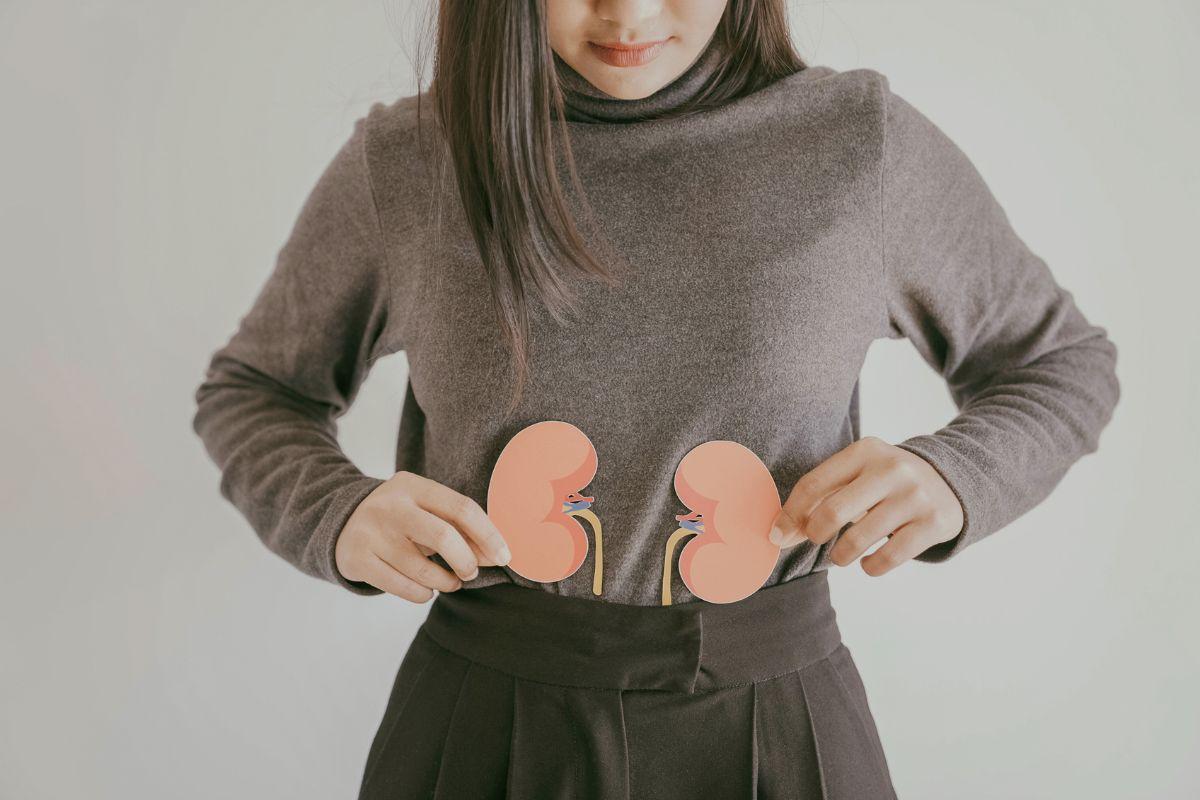Are there adverse long-term consequences of Selfie Surgery treatments?
Written by Nia Davies, featuring Dr. Mehta for Doctify
Selfie was added to the Oxford English Dictionary as recently as August 2013. As the concept of an online persona took off, so did selfies, and new techniques to appear more flattering on social networks emerged. Photoshop, selfie sticks, and filters are all the rage, but the use of botox and fillers are also on the increase. We investigated the long term consequences of these so called Selfie Surgery treatments.
Botox
Botox is a neurotoxin that paralyses muscles to smooth out wrinkles. Lesser-known uses of Botox include reducing sweating, treating muscle disorders and, as is especially popular in parts of Asia, jawline slimming.
Botox injection is not a one-off treatment. Keeping the effects of this Selfie Surgery requires commitment. It must be ‘topped up’ a few times a year as the effects usually only last up to six months. Dr Tristan Mehta, cosmetic doctor and founder of Harley Academy, explains how the nerves come back to life. “It is postulated that over the period of four months, new synapses [connections between nerves] develop with the motor end-plate of the affected muscle, allowing the muscle to contract again.”
When used for treatments such as jawline-contouring, the effects may become permanent after repeated use over two years or more. “As a consequence of denervating a muscle, there will be muscle atrophy from lack of usage” explains Dr Mehta. “This is actually the mode of action for specific treatments such as de-bulking the calves or the masseter muscles.”
What about sagging jowls? “This has very little to do with the effect of ongoing botulinum toxin treatments.” says Dr Mehta. As we go into our thirties the bone around the jaw and eye sockets starts to change. “We begin to favourably resorb bone from the maxilla and the orbits. As the overlying fat pads lose their bony foundation – alongside ligamentous and soft tissue atrophy – they lose their tightly packed mosaic structure and begin to migrate.” The result of this can be sagging jowls.

Fillers
Fillers are a gel made from hyaluronic acid, a naturally occurring substance that attracts water and plumps the skin. Fillers are used to fill lines and wrinkles, contour the face, fill hollows under the eyes, or plump lips for that infamous ‘trout pout’. “Hyaluronic acid fillers typically last between six months to a year,” says Dr Mehta. “If administered incorrectly or if the wrong weight of filler is used for the tissue plane being injected, lumps can occur.” Fortunately, this is reversible, as an enzyme can be injected to dissolve the gel.
The immediate side effects can include swelling or bruising at the site of injection, however this usually settles within about two weeks. The volume-enhancing effect of fillers begs the question: could fillers stretch the skin leaving it distorted if treatment is halted in the long run? Dr Mehta explains that skin naturally loses its elasticity over time. “With the volumes of product used in typical dermal filler treatments, this would not be a concern. Elastic fibres within the dermis give the skin organ its visco-elastic property. With ageing (accelerated by photo damage), this elastic property is diminished.”
Studies in mice have also documented local inflammatory or foreign-body type granulomatous reactions. There is also the issue that the filler may become lumpy or migrate away from the site of injection. “Foreign-body granulomatous reactions are well documented even with hyaluronic acid-based fillers,” says Dr Mehta. “A major hypothesis for this is the biofilm theory [when bacteria encapsulate a dermal filler implant, causing ongoing infection]. This reinstates the importance of aseptic technique and a clinical environment for the delivery of these treatments. Despite dermal fillers being clearly more dangerous than botulinum toxin, they remain a medical device that can be acquired by a non-medic without prescription. However, there is a push to change this regulation.”
As hyaluronic acid is a naturally occurring substance, fillers are subject to fewer regulations than botox in the UK. It is all the more important, therefore, to find a highly qualified practitioner who will guide you through the risks and benefits of any treatment. Whereas some may be happy with the result, others may find the Selfie Surgery process less gratifying than they had hoped for. Consider why you really want the treatment and make sure you have realistic expectations. Lifestyle changes, meditation, cognitive behavioural techniques, counselling and non-invasive beauty treatments may be more suitable for some people. Failing that, it may be healthy to consider embarking on a digital detox, eliminating the need for selfies altogether!




